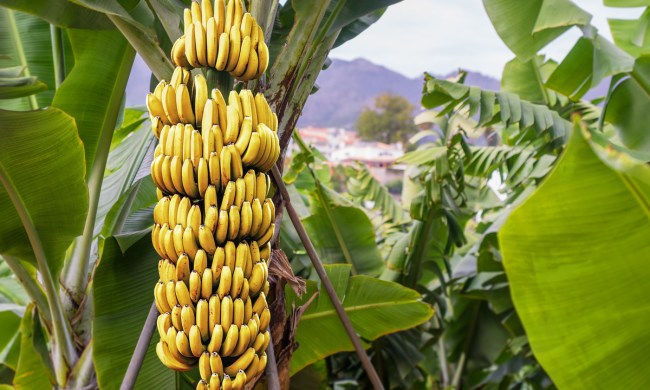
Marigolds, which belong to the Tagetes genus of the sunflower family, are a useful companion plant for many crops. Gardeners love to plant them to add a pop of color, attract beneficial pollinators, and repel unwanted pests. But if you’re thinking about planting these lovely golden flowers, you might be wondering whether they’ll come back the following year. Are marigolds perennials? The answer is complicated. To get to the truth of the matter, here’s what you need to know about the marigold growing cycle.
Why are most marigolds considered annuals?

When you plant marigolds, they may come back the following year. But within the 50 species of marigolds, most are technically treated as annuals. Marigolds self-seed, which means their seeds drop to the ground to help them replant themselves. After an overwintering period, you may notice them sprouting again in the spring. If they somehow can’t self-seed, they won’t be able to come back, which is why they aren’t usually considered perennials. A true perennial grows back from its roots after a dormant winter period. Annuals, on the other hand, die after setting seeds.
Most gardeners plant French (Tagetes patula) or African marigolds (Tagetes erecta), and both varieties are considered annual plants. If you want your marigolds to return the following year, avoid deadheading the flowers and allow their seeds to fall — this is especially crucial during the weeks leading up to your area’s first frost. Of course, you also want to keep them happy throughout the growing season. The good news is, they aren’t particularly picky: Simply give them full sun and moderately moist soil with good drainage.
Where are marigolds perennials?

You can grow most marigolds as annuals in zones 2 to 11, but some species are considered perennials in warmer climate zones. Depending on where you live, here are a few perennial marigold species.
- Mexican marigold (Tagetes lemmonii): Featuring small yellow flowers and strong roots, this compact shrub comes from Mexico and the Southwestern parts of the U.S. It’s a perennial in zones 8 to 11.
- Mexican mint marigold (Tagetes lucida): Also known as Mexican tarragon, this plant has small yellow flowers and a distinct anise scent. It is used in Mexican cuisine, and you can plant it with tomatoes or other herbs. It is a perennial in zones 8 to 10.
So, there you have it. While most marigolds are technically considered annuals, you can encourage them to return year after year. If you live somewhere warm and have your hands on perennial variety, you might even be lucky enough to have them stick around without worrying about whether they’ll reseed. But no matter if they’re annuals or perennials, one thing is clear: Marigolds offer a myriad of benefits to your garden for the time that they’re there.



